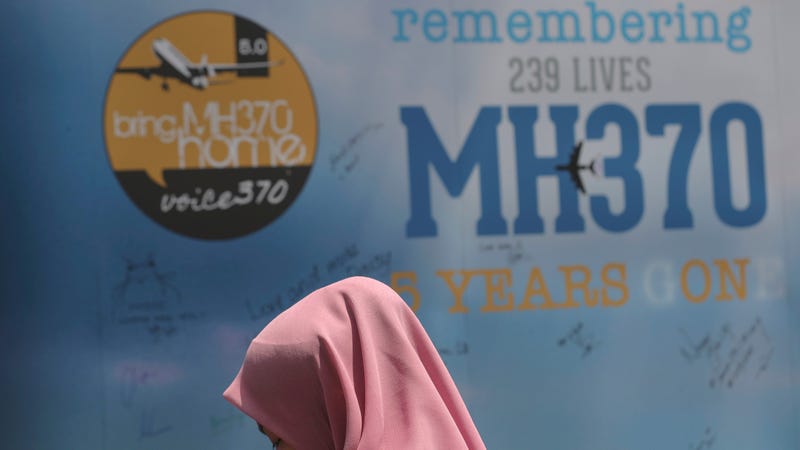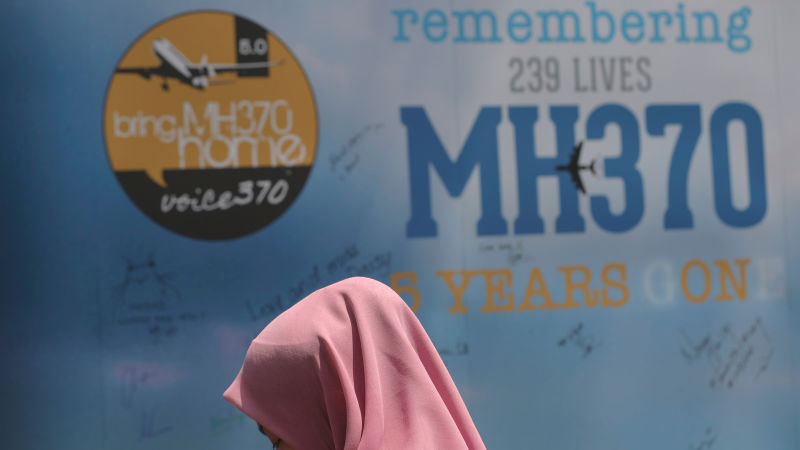
The disappearance of Malaysia Airlines flight MH370 on March 8, 2014 remains an international mystery, and while we are not really any closer to finding out where the plane went down or how it vanished, a new story in The Atlantic gives us the fullest picture to date.
The story is exhaustively reported by William Langewiesche, known most famously for the definitive account of the World Trade Center site after 9/11. You should definitely go read his latest for yourself, but here are a few of the new details:
1. There was apparently a mix-up in communication between the Malaysian air traffic control and Vietnamese controllers that resulted in a delay in reporting the plane’s disappearance from radar after crossing into Vietnamese airspace. From there, there was further delay in notifying Kuala Lumpur’s Aeronautical Rescue Coordination Centre.
Advertisement
2. Blaine Gibson is the man who has taken it upon himself to manually search the coastlines of the Indian Ocean for debris. After the flaperon was discovered on the French island of Réunion, Gibson traveled to Mozambique and discovered a “scrap—from a horizontal-stabilizer panel—[that] was determined to almost certainly be from MH370.” It means that the plane almost certainly hit the water and smashed into millions of pieces.
3. The Malaysian government is accused of being both incompetent and unwilling to fully cooperate with the investigation:
A close observer of the MH370 process said, “It became clear that the primary objective of the Malaysians was to make the subject just go away. From the start there was this instinctive bias against being open and transparent, not because they were hiding some deep, dark secret, but because they did not know where the truth really lay, and they were afraid that something might come out that would be embarrassing. Were they covering up? Yes. They were covering up for the unknown.”
Advertisement
4. The flight’s pilot in command was a man named Zaharie Ahmad Shah, one of Malaysia Airlines’ most senior captains. His official account painted him out as a man who was calm, measured and normal. Others, however, say differently:
The truth, as I discovered after speaking in Kuala Lumpur with people who knew him or knew about him, is that Zaharie was often lonely and sad. His wife had moved out, and was living in the family’s second house. By his own admission to friends, he spent a lot of time pacing empty rooms waiting for the days between flights to go by. He was also a romantic. He is known to have established a wistful relationship with a married woman and her three children, one of whom was disabled, and to have obsessed over two young internet models, whom he encountered on social media, and for whom he left Facebook comments that apparently did not elicit responses. Some were shyly sexual. He mentioned in one comment, for example, that one of the girls, who was wearing a robe in a posted photo, looked like she had just emerged from a shower. Zaharie seems to have become somewhat disconnected from his earlier, well-established life. He was in touch with his children, but they were grown and gone. The detachment and solitude that can accompany the use of social media—and Zaharie used social media a lot—probably did not help. There is a strong suspicion among investigators in the aviation and intelligence communities that he was clinically depressed.
If Malaysia were a country where, in official circles, the truth was welcome, then the police portrait of Zaharie as a healthy and happy man would carry some weight. But Malaysia is not such a country, and the official omission of evidence to the contrary only adds to all the other evidence that Zaharie was a troubled man.
Advertisement
We may never know the full story, but Langewiesche thinks that Malaysia might know already. “The Malaysian police know more than they have dared to say,” he writes. “The riddle may not be deep.”















